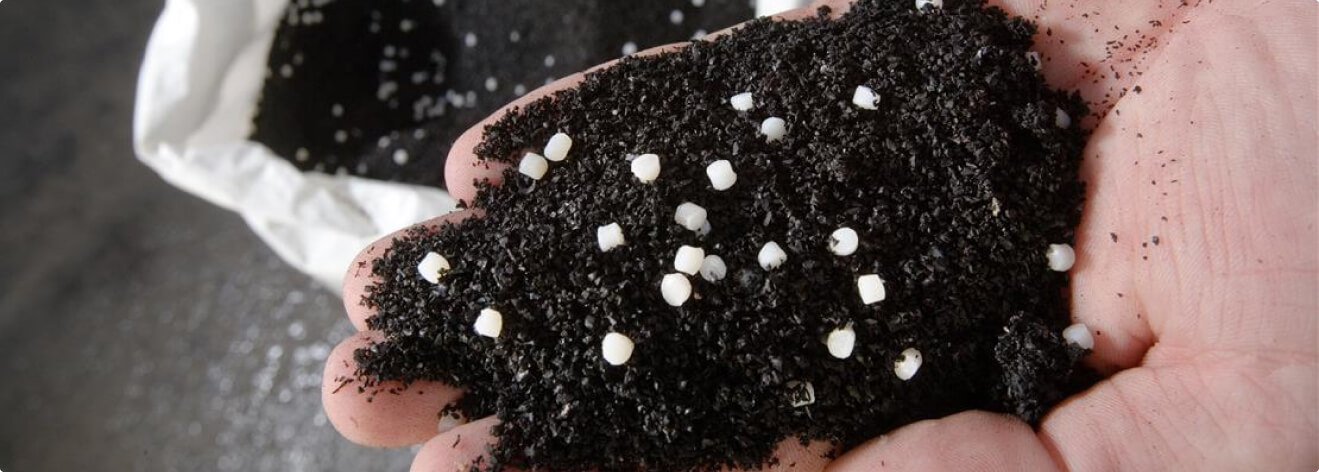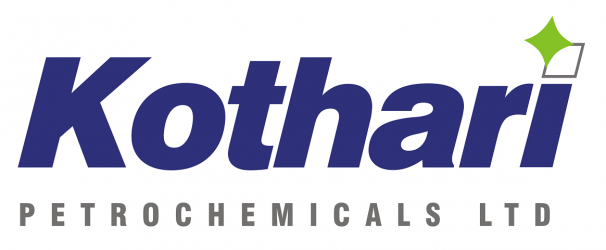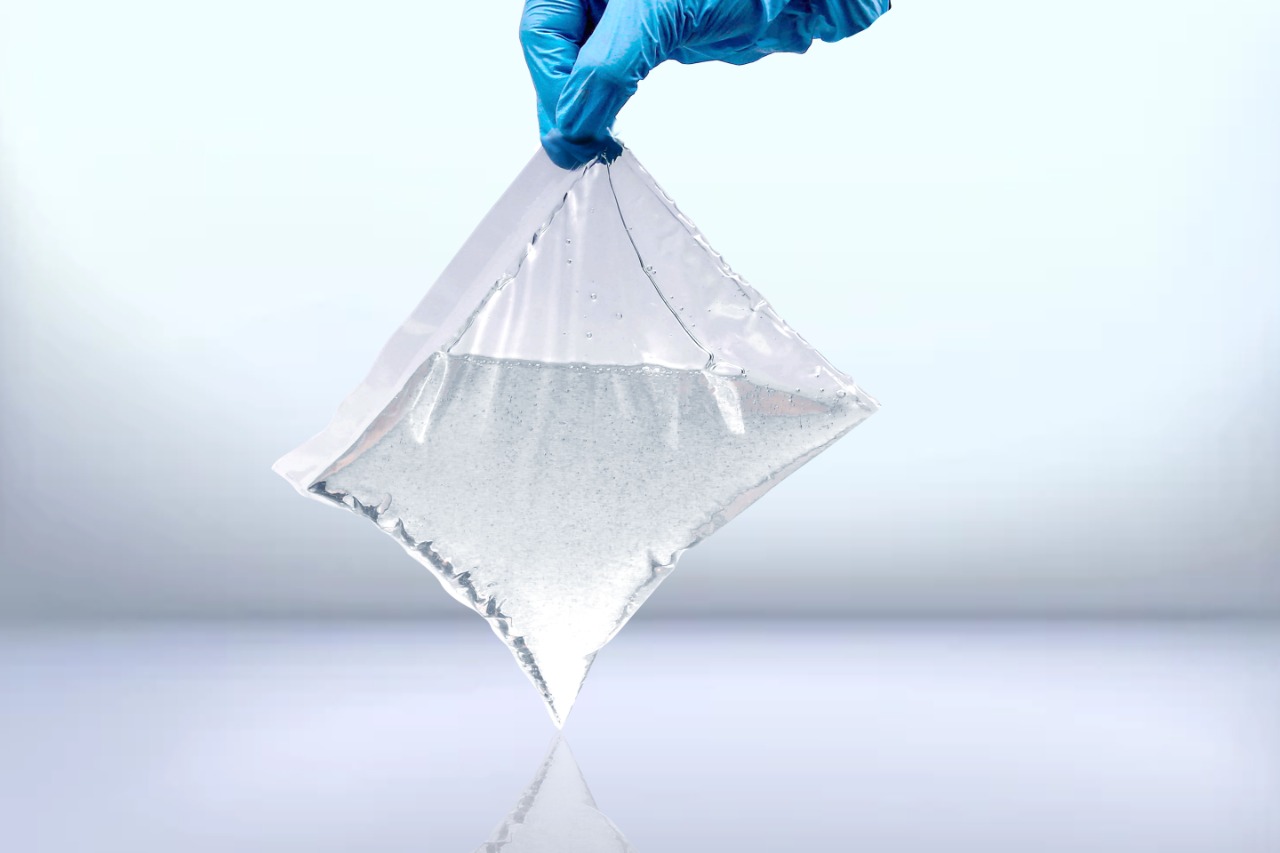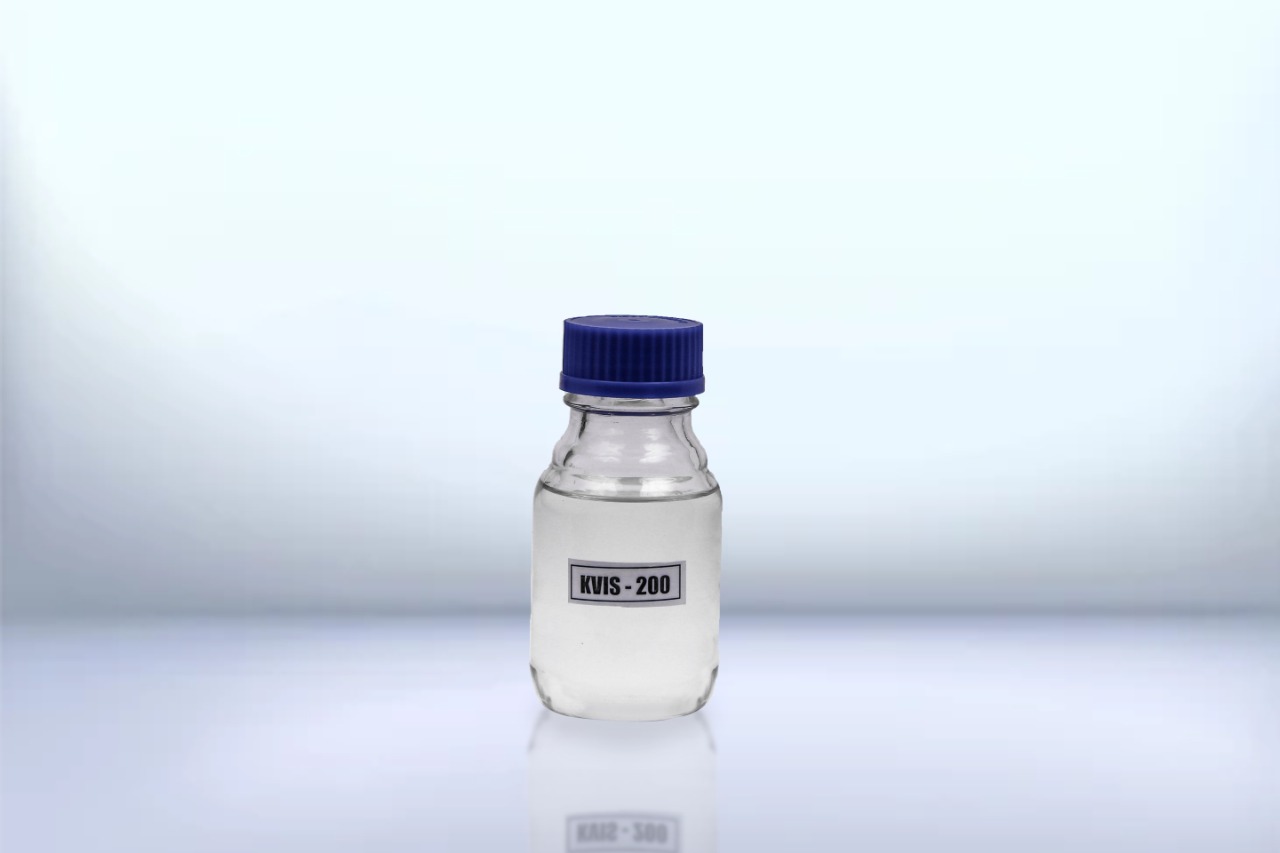Polymer Modification
Polymer Modification

Kothari polyisobutylene is often used in polymer modification processes. Polypropylene random and impact copolymers modified with polyisobutylene’s can have
- Higher melt flow rates
- Greater elongation and
- Improved impact strengths
In filled and reinforced polypropylene, polyisobutylene can be used to “wet” the fillers and aid processing.
In polypropylene homopolymer film applications, polyisobutylene can improve
- Flexibility
- Tear resistance
- Gloss properties
- Clarity and
- Polyisobutylene incorporation can improve tear strength significantly.
In thermoplastic resins – KVIS Polyisobutylene’s can increase
- The impact strength
- Flexibility and
- Melt flow rate


